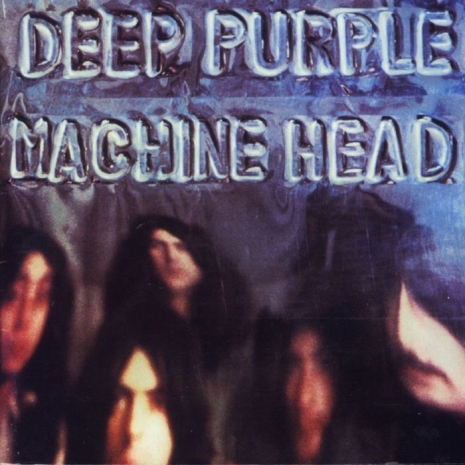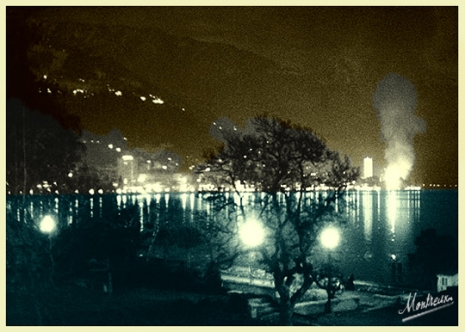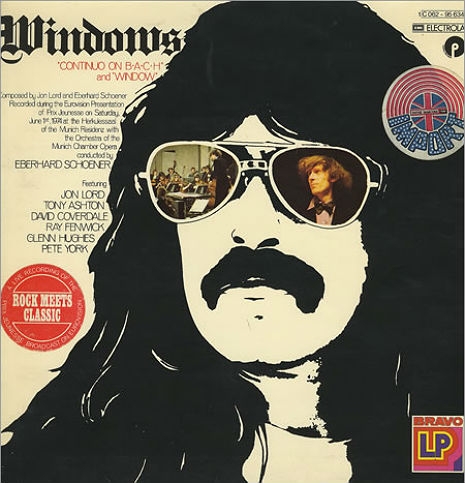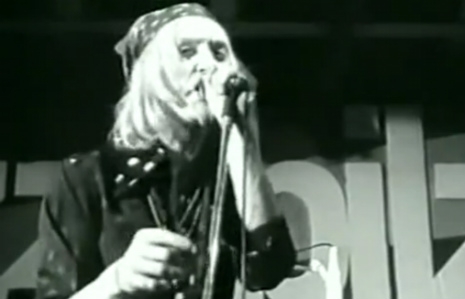
Jon Pertwee starred in the reruns of Doctor Who my local PBS affiliate started airing in the Eighties; perhaps the station decided to start with the color episodes. Ever since, when someone else is playing Doctor Who, even Tom Baker, I miss Pertwee’s lisp and Edwardian dress, his dandyish manner, the wild look in his eyes.
Doctor Who novelty records were born in 1964 on “I’m Gonna Spend My Christmas with a Dalek” by the (Newcastle) Go-Go’s. They intersected with punk on the Art Attacks’ 1978 debut “I Am a Dalek” (“EXTERMINATE! KI-I-I-ILL!”) and reached their creative peak in 1988, when the Timelords’ “Doctorin’ the TARDIS” attained the unsurpassable zenith of excellence in the genre.
Pertwee, who had a long and colorful career as a recording artist, was the first Doctor to release his own single. On 1972’s “Who Is the Doctor,” recorded for Deep Purple’s label, producer Rupert Hine added rock drums to Ron Grainer’s Doctor Who theme, and Pertwee intoned some cosmic verse about how to love your Time Lord, or something:
Is your faith before your mind?
Know me
Am I the Doctor?

The 1985 Safari Records issue of “Who Is the Doctor”
Neil Priddey’s Purple Records discography explains Pertwee’s connection to the label and notes that one of the artists on Brian Eno’s Obscure label took part in the session:
Jon Pertwee was a personal friend of [Deep Purple manager] Tony Edwards, so he asked Rupert Hine and David MacIver to write and produce this project. They tried to get the BBC involved, but (according to MacIver) they were given the cold shoulder.
MacIver wrote the lyrics in 20 minutes and Hine produced the session. Simon Jeffes [of Penguin Cafe Orchestra], a good friend of theirs, also played on the tracks with Rupert playing his ARP 2600 synthesizer.
Time is a wondrous thing. MacIver’s 20 minutes of labor paid off again in ‘82, when BBC Records reissued the single with a different B-side, and in ‘85, when the synth-pop label Safari Records repackaged it with Blood Donor’s “Dr . . . ?” Hear its total extratemporal majesty below.














